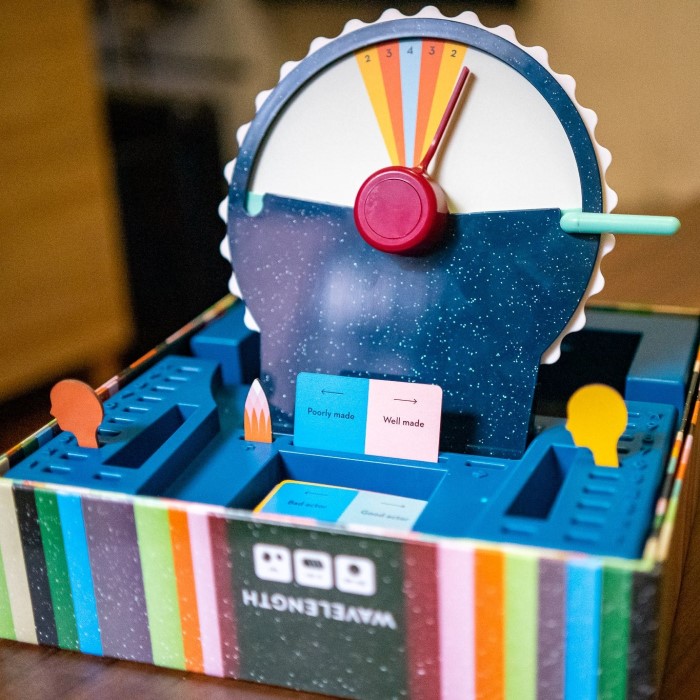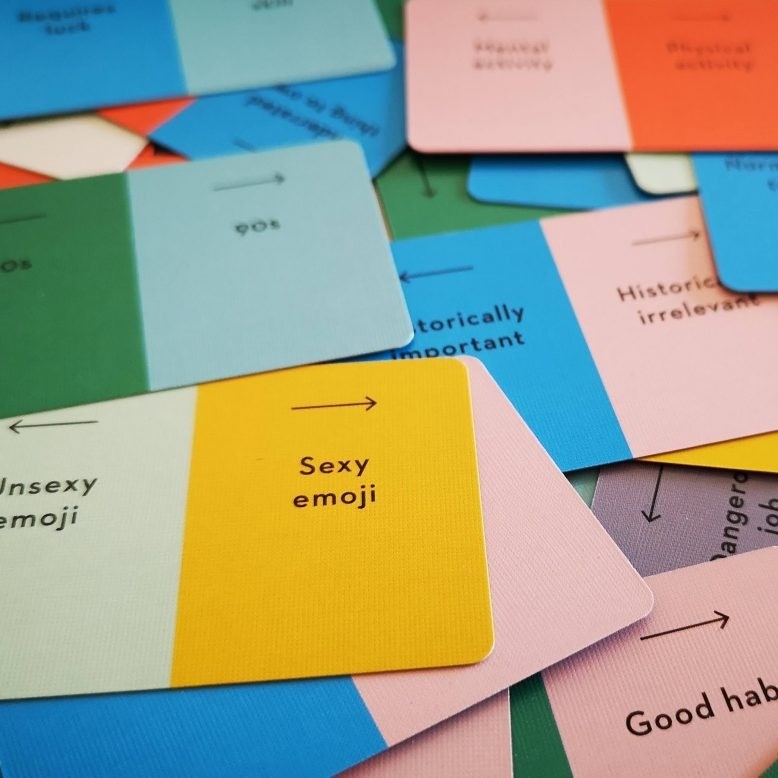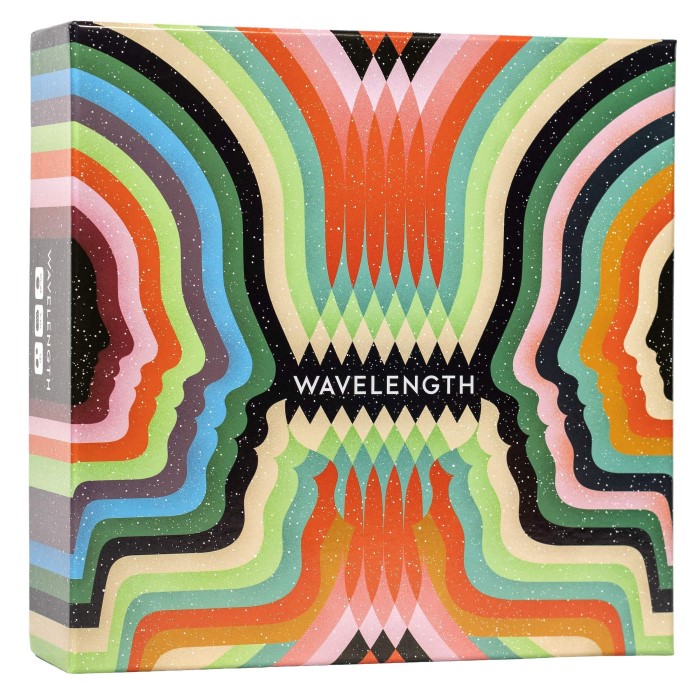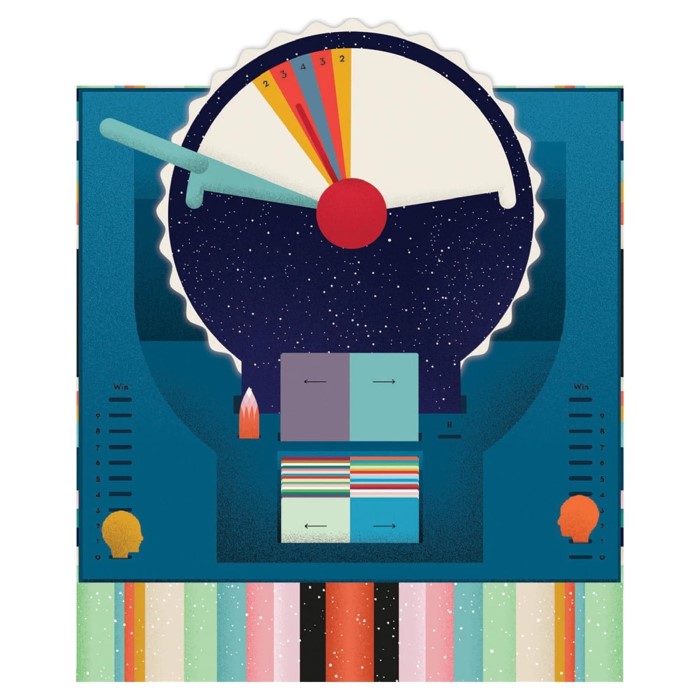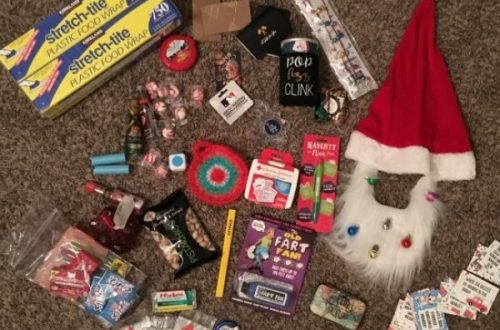Introduction to Wavelength
Wavelength is a unique party game that combines creativity and social interaction. It challenges your ability to think critically and connect with others in fun and surprising ways. Perfect for gatherings, this wavelength board game promotes collaboration and lively debates.
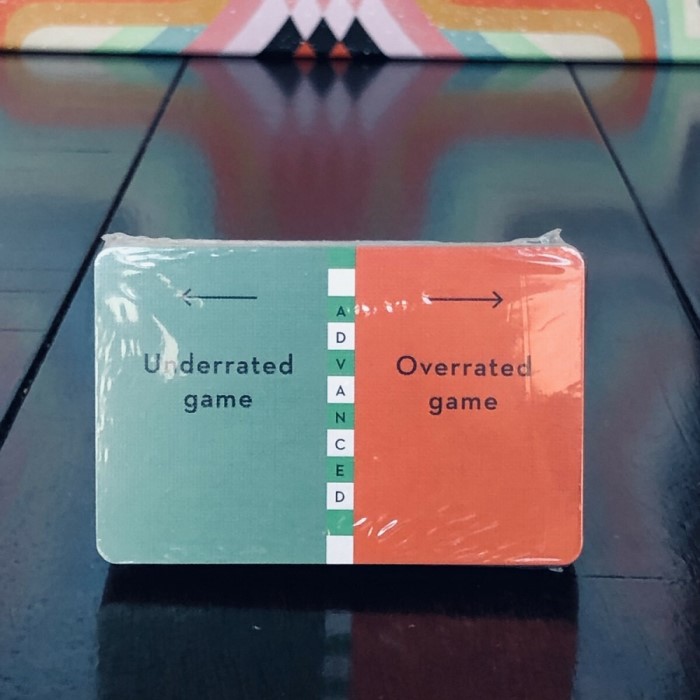
What is Wavelength?
Wavelength is a team-based party game focused on guessing hidden targets. Players work together to find a specific point on a spectrum based on clues. It thrives on social dynamics, creative thinking, and communication skills.
In Wavelength, clues are given by one teammate, the “psychic.” The psychic interprets a spectrum prompt and inspires teammates to guess accurately. The key goal is aligning your team’s thought process to the hidden target.
Overview of Gameplay and Objectives
The gameplay revolves around a spinner device representing a spectrum. The psychic secretly aligns a hidden target on this spectrum. Prompts vary widely, such as “Hot vs. Cold” or “Easy vs. Hard.” This variety keeps the game creative and fresh.
Players take turns discussing and debating where the target might be. The team’s final guess determines their score, based on proximity to the hidden point. Higher accuracy earns more points. The objective is to work as a team to achieve the highest score.
Wavelength offers replayability through varying prompts and strategies. Its engaging format makes it suitable for any social setting, encouraging fun, teamwork, and learning. The combination of strategic thinking and social interaction ensures memorable gaming moments.
Game Components and Setup
To play Wavelength successfully, it’s important to familiarize yourself with the game’s components. Proper setup ensures a smooth and enjoyable gaming experience.
Items Included in the Box
The Wavelength board game comes with the following items:
- Spinner Wheel: This is the main component. It features a colorful spectrum and a concealed target window.
- Prompt Cards: These cards drive creativity and contain opposing spectrums, such as “Hot vs. Cold.”
- Psychic Screen: This screen allows the psychic to align the target secretly.
- Score Track and Tokens: Used to record team progress and scores.
- Rules Booklet: A guide with instructions on gameplay and rules.
Having all items ready ensures the game flows without interruptions.
Setting Up the Game for Play
Setting up Wavelength is simple and can be done in a few steps:
- Place the Spinner Wheel: Position the wheel in the center of the playing area for easy access.
- Shuffle the Prompt Cards: Place the deck of prompt cards face down near the spinner.
- Assign Teams: Divide players into two or more teams. Each team works collaboratively.
- Set Up the Psychic Screen: The psychic should use the screen to hide their alignment process.
- Determine Starting Team: Use any method to pick which team starts first.
Once the setup is complete, you’re ready to start the game. Clear instructions and organization make the initial rounds easier for everyone, especially for new players.
How to Play Wavelength
Understanding the gameplay ensures smooth rounds and maximum fun. Below, we’ll discuss game rules and steps.
Rules for Players and Teams
- Team Formation: Divide players into two teams. Each team works together to guess the target.
- Psychic Role: Choose a “psychic” from the active team. This role rotates each round.
- Turn Structure: Only the psychic views the hidden target position and provides clues.
- Clue Rules: Clues must be relevant to the prompt card. Avoid direct hints.
- Discussion: Teammates openly discuss potential target locations on the spectrum.
- Guessing: The active team places their guess marker on the spectrum. The other team observes silently.
- Scoring: Points are awarded based on proximity to the hidden target.
- Winning the Game: Teams continue until one reaches the agreed-upon score, typically 10 points.
Steps to Play Each Round
- Draw a Prompt Card: The psychic draws and reads the opposing spectrum (e.g., “Hot vs. Cold”).
- Reveal the Target: The psychic secretly views and aligns the hidden target using the psychic screen.
- Give a Clue: The psychic provides one clue, aiming to guide the team toward the target.
- Team Discussion: The active team debates and decides where to place the guess marker on the spectrum.
- Guess Placement: Place the marker on the spinner at the agreed location.
- Reveal and Score: Open the target window. Award points based on proximity to the marker.
- Other Team Opportunity: The opposing team may guess if the active team scores fewer than max points.
- Rotate Psychic: Pass the psychic role to a new team member or the opposing team.
Follow these steps for engaging rounds filled with creative discussions and teamwork. Simple rules, strategic thinking, and communication make this a thrilling game for all players.
Strategies to Master Wavelength
Mastering the Wavelength board game requires strategic thinking and strong communication skills. By honing your ability to choose effective prompts and gauge team responses, you can boost your team’s chances of success. Below are some key strategies to excel in the game.
Tips for Choosing Effective Prompts
- Focus on Clarity: Pick prompts that provide clear contrasts, such as “Cold vs. Hot” or “Easy vs. Hard.”
- Consider Team Dynamics: Choose prompts that align with your teammates’ knowledge and shared experiences.
- Avoid Overly Abstract Prompts: Abstract ideas, like “Beautiful vs. Ugly,” may confuse teammates and lead to inaccurate guesses.
- Use Contextual Relevance: Base prompts on recent conversations or shared experiences in the group.
- Balance Simplicity and Depth: Ensure the prompt offers enough depth for interpretation without being too complex.
Well-chosen prompts set the foundation for effective gameplay and deeper engagement.
Techniques to Gauge Team Responses
- Pay Attention to Reactions: Observe your teammates’ expressions and initial thoughts when the prompt is revealed.
- Encourage Open Discussion: Allow everyone to share their perspective before finalizing the guess location.
- Offer Subtle Guidance: Nudge your team toward a direction without dominating the discussion.
- Recognize Team Biases: Consider individual preferences or tendencies when interpreting their reasoning.
- Learn from Past Rounds: Use previous guesses and feedback to improve group synergy over time.
By integrating these techniques, you can better align your team’s thought processes with the hidden target. This enhances the gameplay experience and strengthens teamwork.
Variations and Customization
Wavelength offers opportunities to customize gameplay, keeping it fresh and engaging for all players.
Alternate Rules and Game Modes
- Time-Limited Rounds: Set a timer for discussions and guesses to add urgency and excitement.
- Opposing Team Interference: Allow the opposing team to voice opinions during active team discussions.
- Double Points Mode: Award double points for perfect guesses to make scoring more competitive.
- Reverse Psychic Role: The team provides clues to help the psychic pinpoint the target location.
- Random Prompt Generators: Use online tools or shuffle prompt cards for varied and surprising themes.
Introducing these variations boosts replayability and encourages creative gameplay.
Creating Your Own Prompts for Fun
- Choose Unexpected Spectrums: Craft custom prompts like “Vacation vs. Staycation” or “Ice Cream vs. Cake.”
- Reflect Shared Experiences: Base prompts on inside jokes or memorable group moments.
- Set Specific Themes: Focus prompts on topics like movies, sports, or historical events.
- Collaborate on Prompts: Ask each player to contribute a few prompts for personalized gameplay.
- Test for Clarity: Ensure your prompts have clear contrasts to avoid confusion.
Creating custom prompts personalizes the game and boosts player engagement.
Troubleshooting Common Issues
No game is without its challenges. Wavelength, while simple, can sometimes lead to hiccups. Addressing these issues ensures a smooth and enjoyable experience for everyone.
Disagreements are common in team-based games like Wavelength. Here’s how to handle them effectively:
Encourage Open Communication
- Create a Safe Environment: Foster an atmosphere where every team member feels comfortable expressing their thoughts and ideas. Ensure that everyone knows their contributions are valued and respected.
- Implement Ground Rules: Set clear ground rules for discussions, emphasizing the importance of allowing each person to speak without interruptions. This ensures that all voices are heard and acknowledged in the decision-making process.
- Utilize Active Listening Techniques: Encourage team members to practice active listening. This means paying close attention to others’ perspectives and responding thoughtfully, which can lead to more meaningful conversations and collaboration.
Focus on the Clue
- Highlight the Importance of Clarity: Remind the team that the psychic’s clue interpretation is central to their collective guessing process. Staying focused on the clue can prevent distractions and keep the discussion grounded.
- Encourage Interpretation Sharing: Ask each team member to share their interpretation of the clue, promoting a variety of viewpoints. Discussing these interpretations can lead to deeper insights and a more informed guess.
- Reference the Clue Regularly: Periodically refer back to the clue during discussions. This will help the team maintain alignment and ensure that their thought processes remain connected to the original guidance provided.
Use Majority Voting
- Introduce Voting as a Decision-Making Tool: When the team encounters a stalemate or is unsure about the direction to take, suggest using majority voting to determine the final position of the guess marker.
- Ensure Transparency in Voting: Make the voting process clear and straightforward. If necessary, explain the options available and ensure everyone understands how the voting will be conducted.
- Respect the Majority Decision: Once the votes are cast and a decision is made, emphasize the importance of respecting the majority’s choice. This helps maintain team cohesion even when individuals may not agree with the final outcome.
Stay Respectful
- Promote a Positive Discussion Culture: Encourage team members to remain calm and respectful, even when disagreements arise. Set an example by using constructive language and focusing on ideas rather than personal attributes.
- Address Frustrations Privately: If personal frustrations or unkind remarks arise during discussions, address them privately to avoid disrupting the group dynamic. Ensure that the focus remains on collaboration and respect.
- Cultivate Empathy: Remind team members to consider the feelings and perspectives of others during discussions. Building empathy can help diffuse tension and promote a more harmonious atmosphere.
Learn and Adapt
- Conduct a Post-Round Reflection: After each round of guessing, gather the team to reflect on what worked well and what could be improved. This debriefing can provide valuable insights for future rounds.
- Encourage Constructive Feedback: Foster an environment where team members feel comfortable providing and receiving constructive feedback. This can lead to personal and collective growth within the team.
- Identify Areas for Improvement: Discuss specific disagreements or challenges that arose during the round. Focus on identifying strategies that can help improve teamwork and communication for future sessions.
By addressing differences constructively, teams can stay cohesive and maintain the game’s fun essence.
Tips for Ensuring Smooth Gameplay
Follow these tips to minimize interruptions and ensure everyone has a positive experience:
- Clarify Rules Before Starting: Ensure all players understand the rules and roles in the game.
- Keep Materials Organized: Place components like cards, spinner, and screen within easy reach.
- Enforce Turn Order: Stick to the turn structure to keep gameplay structured and timed.
- Set Discussion Limits: Use a timer for team discussions to keep rounds moving smoothly.
- Resolve Misunderstandings Quickly: Pause briefly to clarify any confusion without dragging down the game.
- Encourage Patience: Remind players that wavelength board game is a learning game and gets better over time.
With these precautions, you can minimize issues and maximize the fun in every round.
Frequently Asked Questions (FAQs)
Clarifications on Gameplay Rules
Can teams discuss during their guesses?
Yes, teams are encouraged to openly discuss during their turn before placing the marker.
Must clues always match the prompt clearly?
Clues should relate closely to the prompt. Avoid ambiguous or overly complex hints.
Can opposing teams influence active team decisions?
Normally, opposing teams stay silent. However, optional rules can allow interference for added challenge.
How is the score determined?
Points are awarded based on how close the marker is to the hidden target.
What happens if a misunderstanding occurs?
Pause the game briefly to clarify rules. Fair discussion resolves most misunderstandings.
Suggestions for Expanding Replayability
Can players create custom prompts?
Yes, you can design personalized prompts. Use themes, inside jokes, or shared experiences for engagement.
Are there alternate game modes?
Introduce modes like time-limited rounds or double points for guesses to spice up gameplay.
How often should teams rotate psychics?
Rotate psychics every round to ensure fresh perspectives and equal participation.
Can prompts be categorized for themed nights?
Use custom categories like movies or sports for varied challenges during themed gatherings.
How can players improve gameplay dynamics?
Reflect on past rounds to enhance clue clarity, team collaboration, and strategic thinking.
Expanding and customizing Wavelength’s gameplay keeps it interesting and ensures long-term enjoyment.
Closing Thoughts
Why Wavelength Makes a Must-Have Party Game
Wavelength is entertaining, interactive, and promotes teamwork, making it a perfect addition to parties. Its rules are easy to understand, enabling both beginners and experienced players to enjoy it equally. The game’s simple components make setup quick and convenient, ensuring seamless play. Each round brings laughter and excitement through lively debates and creative discussions. The replayability, thanks to countless prompt card combinations and custom prompts, keeps it fresh. It’s a game that helps break the ice and encourages social interaction seamlessly. If you’re seeking a unique group game, Wavelength is an excellent choice.
The Social and Cognitive Benefits of Playing Wavelength
Wavelength isn’t just fun—it’s also enriching. Playing wavelength board game strengthens communication and teamwork skills among players. It improves creative thinking as players interpret and respond to abstract clues. The game also sharpens listening skills during discussions and enhances decision-making ability under time constraints. Socially, it’s a great tool for bonding, encouraging meaningful exchanges and shared joy. Overall, Wavelength blends entertainment and skill-building, leaving players engaged and enriched after every round.
